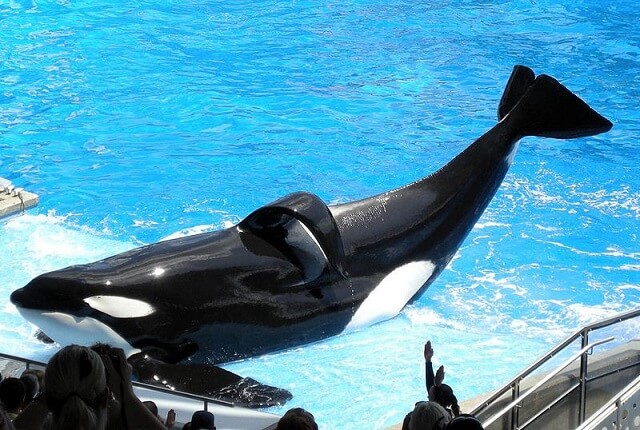Physical Address
304 North Cardinal St.
Dorchester Center, MA 02124
Physical Address
304 North Cardinal St.
Dorchester Center, MA 02124

On January 6, 2017, the world bid farewell to one of the most infamous orcas ever known, Tilikum. Captured at the tender age of two and spending over three decades in captivity, Tilikum’s life was marked by tragedy and controversy, culminating in the deaths of three individuals. His story, prominently featured in the 2013 documentary “Blackfish,” highlights the profound impacts of captivity on these majestic creatures.
Tilikum was captured off the coast of Iceland in 1983 and spent his early years at a marine zoo in Hafnarfjördur before being transferred to Sealand of the Pacific in Canada. His life took a significant turn in 1992 when he was moved to SeaWorld Orlando. There, Tilikum became a star performer, known for his appearances in shows like “Dine with Shamu.” However, it was during one of these performances that a tragic incident occurred, leading to the death of trainer Dawn Brancheau in 2010.
Tilikum was involved in three fatal incidents during his time in captivity. The first occurred in 1991 with the death of Keltie Byrne, a trainer at Sealand of the Pacific. This was followed by the mysterious death of Daniel P. Dukes in 1999, who was found deceased in Tilikum’s tank at SeaWorld Orlando. The most widely publicized incident was the death of Dawn Brancheau. During a performance, Tilikum pulled her into the water, leading to her death by drowning and blunt force trauma. These incidents sparked a global debate on the ethics of orca captivity and training.
The release of “Blackfish” in 2013 brought widespread attention to the conditions of orcas in captivity, focusing on Tilikum’s life and the circumstances leading to Brancheau’s death. The documentary led to significant public and corporate backlash against SeaWorld, prompting changes in the company’s practices, including the end of their orca breeding program and theatrical shows involving orcas.
Following the controversy, Tilikum’s health declined. He spent his last years battling chronic health issues, including a persistent bacterial lung infection, which ultimately led to his death in 2017. Tilikum’s life and the incidents he was involved in have significantly altered public perception of marine mammal captivity and have spurred changes in how these animals are treated in marine parks around the world.
The story of Tilikum is a poignant reminder of the complex needs of orcas and the potential consequences of keeping such intelligent and social creatures in captivity. His life has inspired a broader movement towards the conservation and ethical treatment of marine life, with a growing emphasis on habitat preservation and the rehabilitation and release of captive animals.



